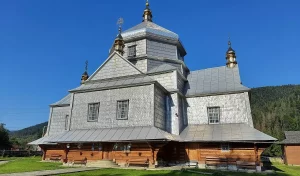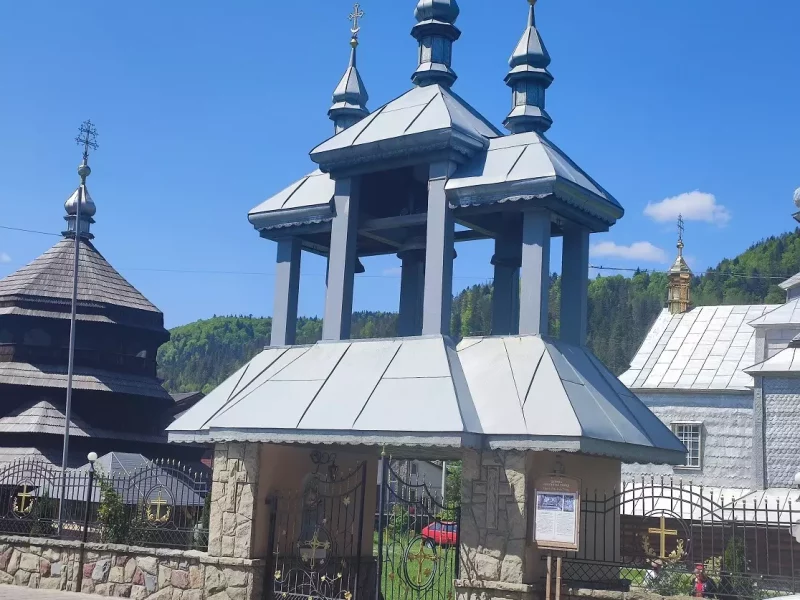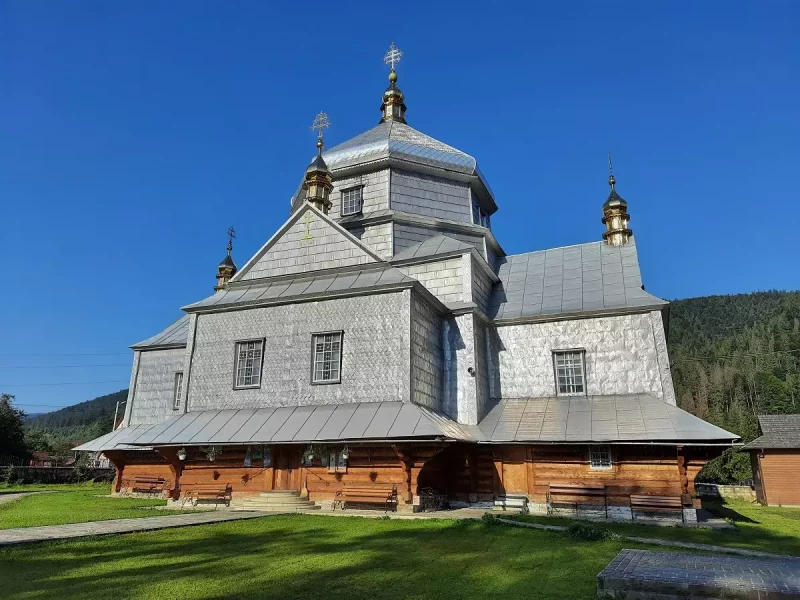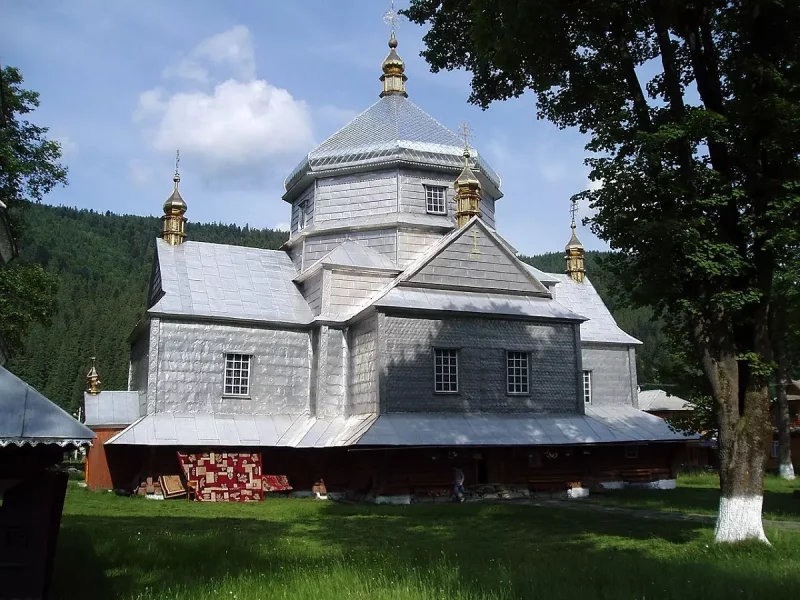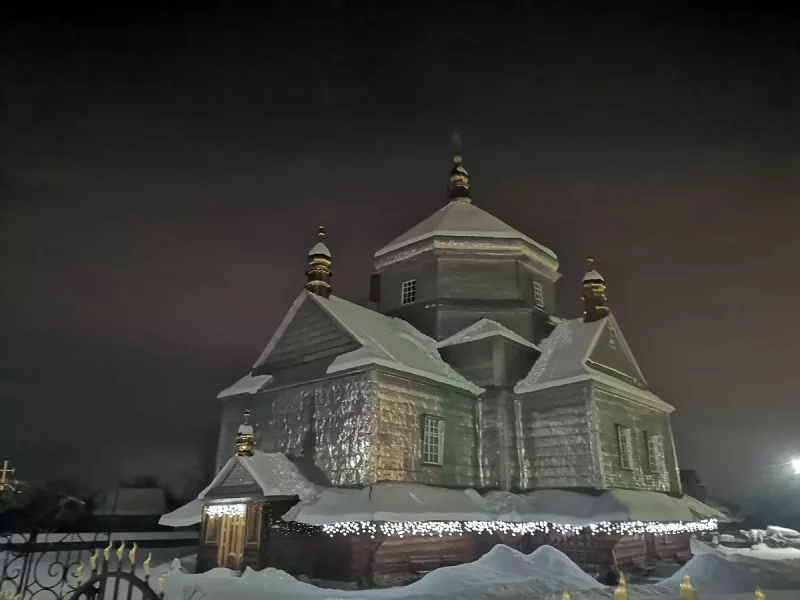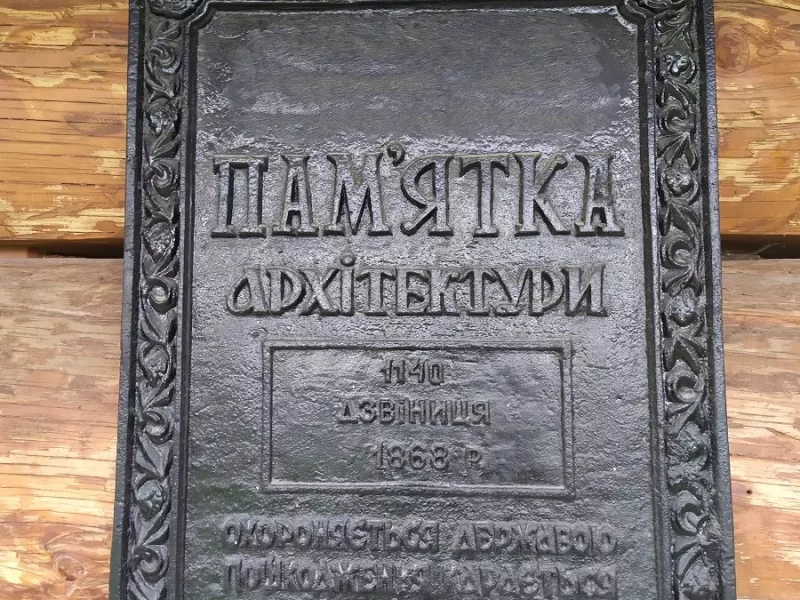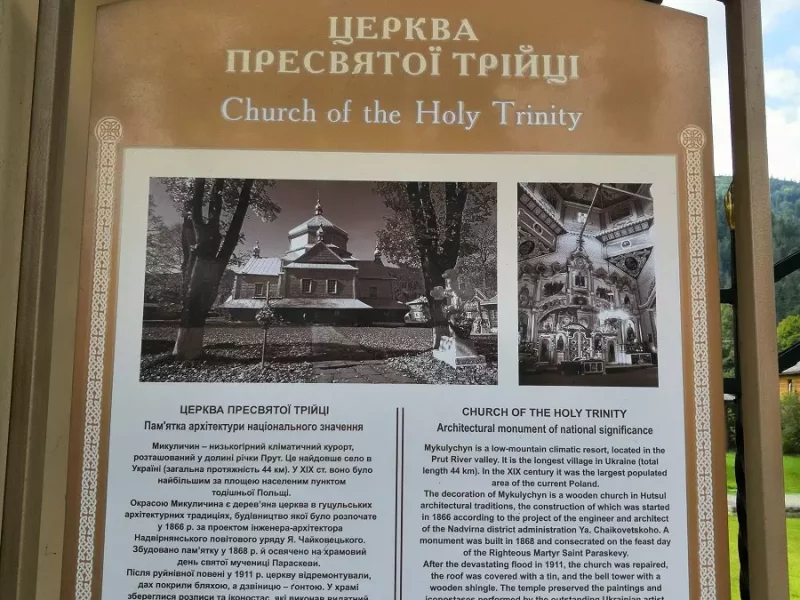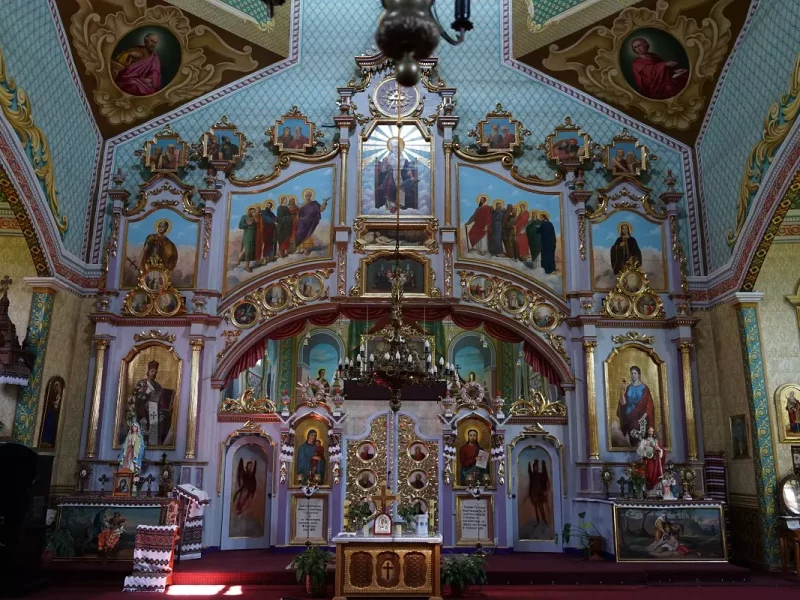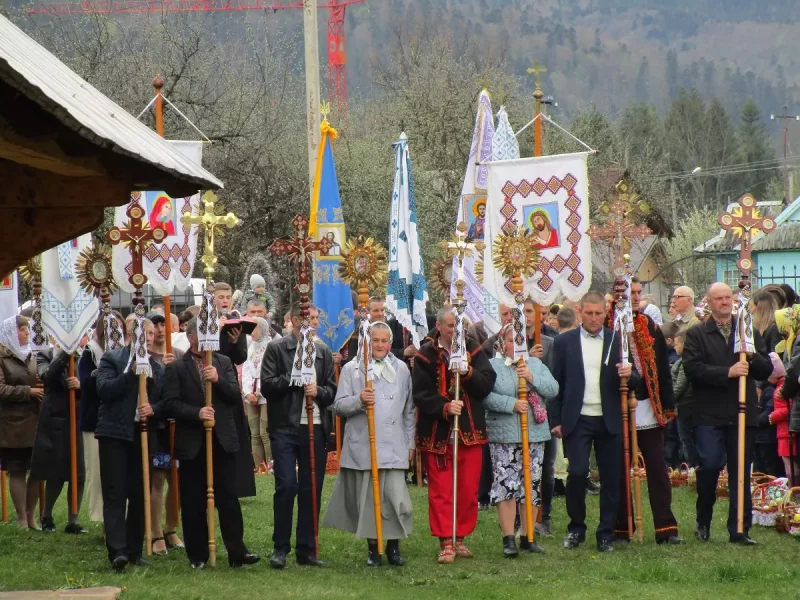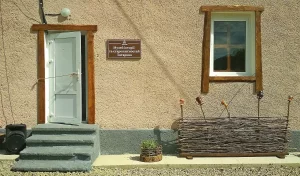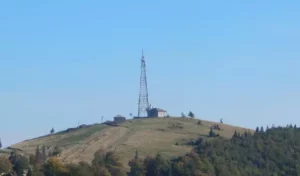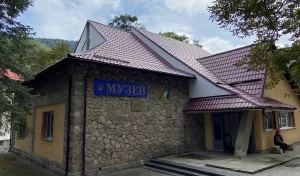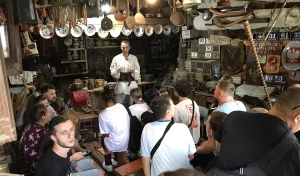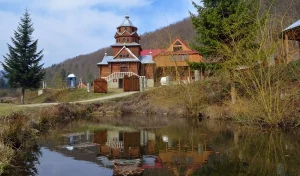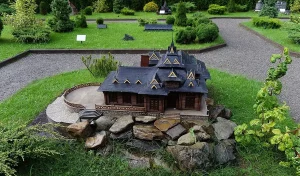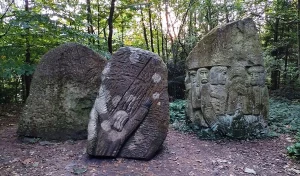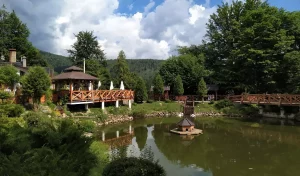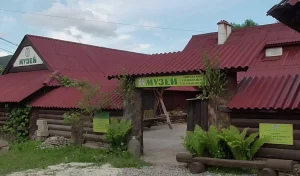Mighty Carpathian spruce trees were used to build the walls of the shrine, and the foundation was laid with stones from the Prut River.
In 1868, on the day of the Holy Martyr Paraskeva, the church was consecrated in honour of the Holy Trinity. Almost all the villagers were present at the solemn consecration.
There is a version that there used to be a wooden church on this site. An argument in favour of this hypothesis is the bell tower of the XVIII century located next to the Trinity Church.
In 1911, the Church of the Holy Trinity in Mykulychyn was severely damaged by a flood. It took two years to restore it after the disaster. It was then that the roof of the church was covered with a tin roof, and the bell tower was covered with shingles.
The church was able to successfully survive two world wars. During the Second World War, the church lost 4 silver bells out of 6 available at that time. These bells were stolen by the Nazis. According to old-timers, the sound of the mighty silver bells could be heard at a distance of 10 kilometres.
In Soviet times, the church received the status of an architectural monument. In 1988-1989, restoration work was carried out in the church, during which the iconostasis of the church was gilded.
In architectural terms, the Church of the Holy Trinity in Mykulychyn is a vivid example of the Hutsul type of wooden churches with a cruciform layout.
Inside the church, there are unique highly artistic paintings that were made in 1892 by the outstanding Ukrainian artist Kornylo Ustianovych (1839-1903). They were preserved despite the barbaric policies of the Soviet government. In this regard, the story of the image of the holy martyr Josaphat (killed by the enemies of the Union in Vitebsk on 12 November 1623), created by Ustiyanovych, is illustrative. It was saved from destruction by hiding the image of the Blessed Virgin Mary to the left of the iconostasis under the canvas. This hiding place was declassified only in 1989 during the restoration work. St Josaphat is the first Ukrainian saint to be canonised by the Catholic Church on 29 June 1867 under Pope Pius IX.
During the years of independence, the Church of the Holy Trinity was returned to the Ukrainian Greek Catholic Church, which began gradual renovation and restoration of the shrine. Thus, in the 2000s, the wood of the upper tiers of the old bell tower was renewed and the upper tiers of the church were covered with minted tin.
In addition, in 2002, the gate bell tower was built and decorated with sculptures of Jesus Christ and the Blessed Virgin Mary.
Nowadays, the Church of the Holy Trinity in Mykulychyn is the main architectural decoration of the village, which is worth a visit.
